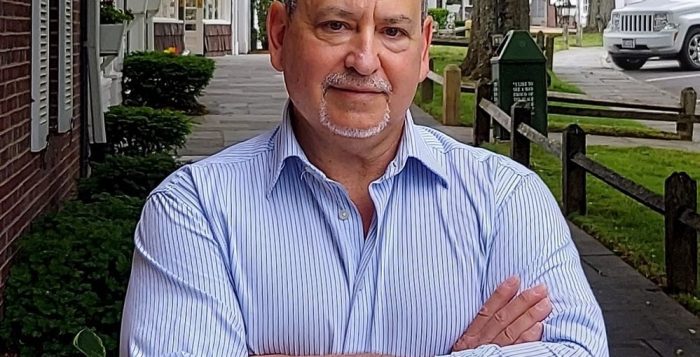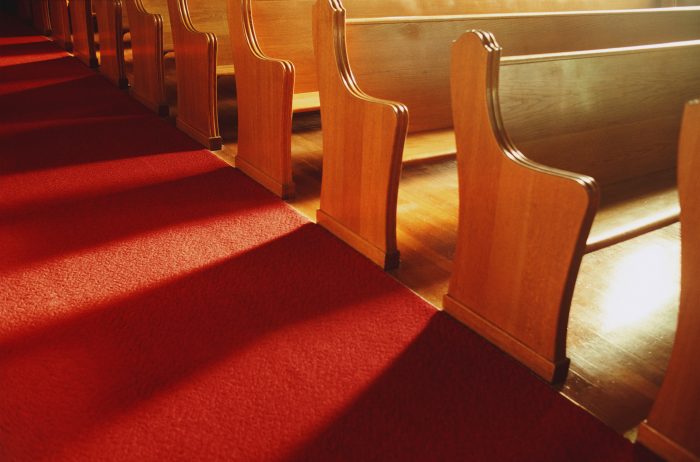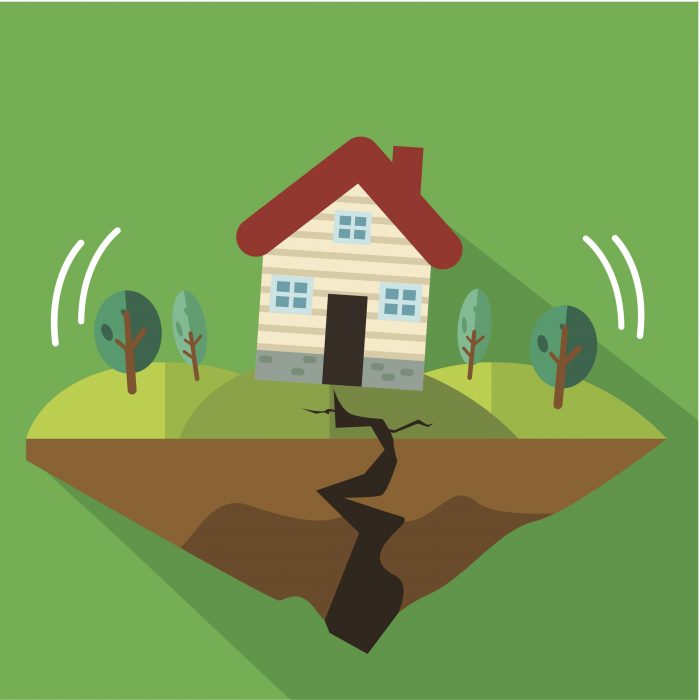April 22, 1970, marked the first Earth Day celebration. A day dedicated to Mother Earth, to appreciate, recognize and demonstrate support for the planet we inhabit. A time to reflect on the impact our actions have on the environment but, more importantly, it’s a springboard for action.
Here in our own communities, the need for environmental stewardship is particularly relevant. From keeping our streets and parks clean to embracing sustainable practices, we can all play a vital role. The good news is there’s a wave of positive momentum building.
Numerous opportunities exist for us to roll up our sleeves and make a real difference.
Friends of the Greenway is hosting a cleanup day, on Saturday, April 27. Beginning at 9 a.m. at the Port Jefferson Station trailhead, meet with members of the community to aid in the cleanup efforts along the beloved Greenway Trail.
If your artistic side thrives outdoors, join the Gallery North Cleanup on April 27 and 28. Day 1 will be held at Flax Pond Tidal Wetland Area on Saturday and day 2 at Smith Point Beach on Sunday. Each cleanup will be conducted in two shifts starting at 9 a.m. and 10:30 a.m. each day. The event is free and open to the public, and will be held rain or shine. All ages are welcome.
On Saturday, May 18, the Great Brookhaven Cleanup will offer a chance to tackle litter in our neighborhoods. Part of a national effort, the event draws over 5 million volunteers in more than 20,000 communities across America who come together to pick up litter and clean miles of roadway, rivers, lakes and more. Last year, the Great Brookhaven Cleanup drew more than 2,600 volunteers.
Stony Brook University also stepped up with Earth Day events — several student clubs joined together to organize a beach cleanup last Saturday, April 20, at West Meadow Beach.
But Earth Day isn’t just about one-time cleanups. Sustainability is the key to long-term environmental health. The Town of Smithtown’s recent upcycling program, NexTrex with the Trex Company, serves as a shining example. This initiative allows residents to transform used plastic into eco-friendly composite materials.
Let’s take inspiration from these efforts. Consider reducing your single-use plastics, opting for reusable alternatives. Support local farmers markets and businesses committed to sustainable practices. Every little bit counts.
Earth Day is more than just a day on the calendar. It’s a call to action, a reminder that the well-being of our environment is intrinsically linked to our own. Let’s celebrate this Earth Day not just with words, but with dedicated action. Together, we can build a cleaner, more sustainable future for generations to come.

























